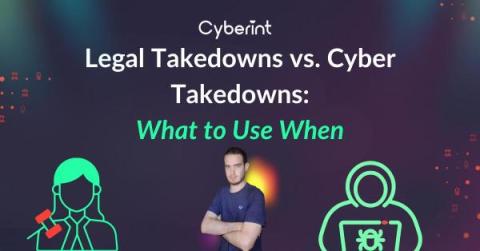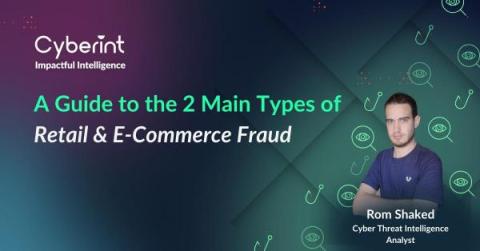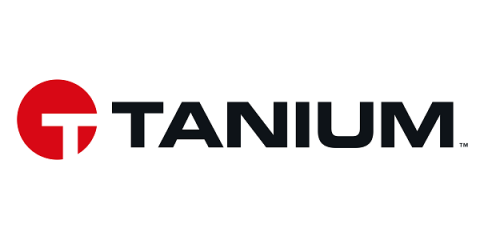The Long Tail of the Supply Chain: Leveraging Exposure Management to Mitigate Risk from Current or Former Vendors
Every organization must prioritize the security of its systems and the protection of its customers’ sensitive information, but exposure doesn’t only happen through applications your own team develops and controls. Incidents like the recent exposure of customer data by Juniper Networks serve as stark reminders of the challenges and risks associated with managing the exposure of software, hardware, and services that you use.











